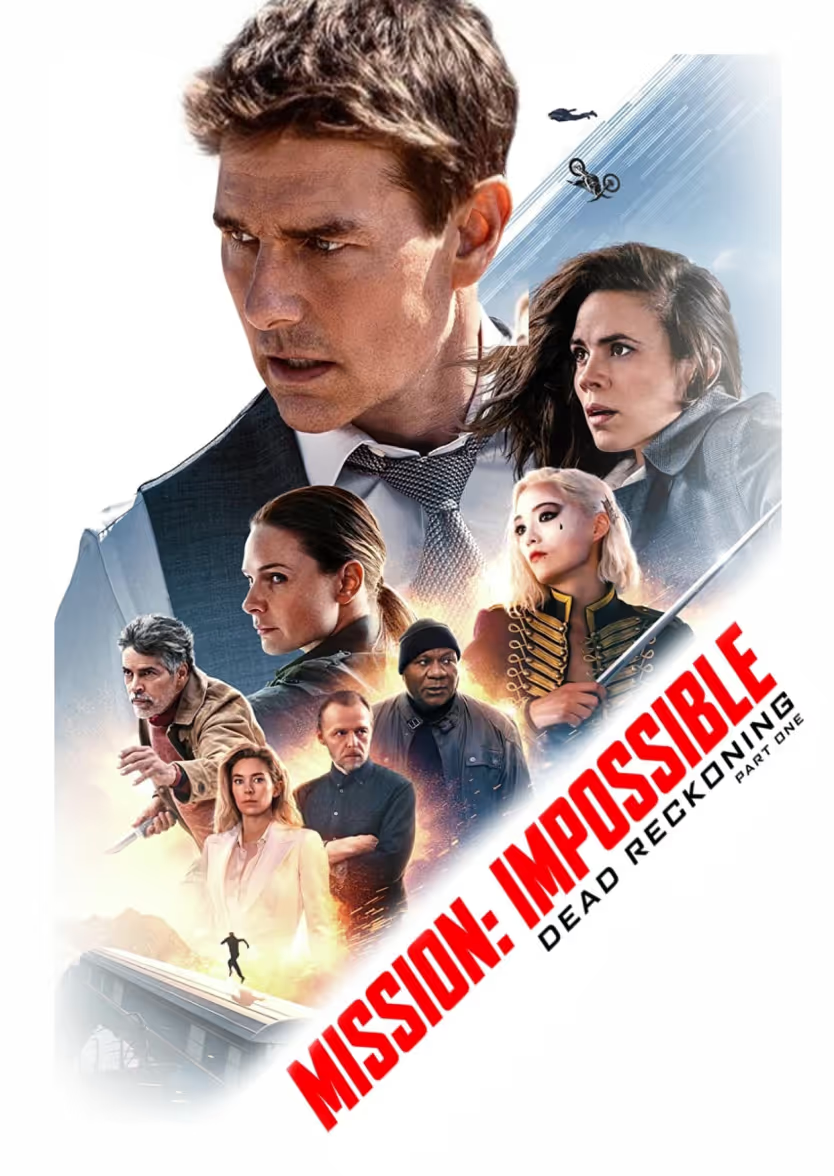Even in a pre-pandemic world, before social distancing became a permanent part of our reality, remote video editors struggled to collaborate with other members of their team as they edited footage from one or more cameras off-site.
This workflow has been especially common in TV and film, where dailies editors at a post-production house may be working on footage in their New York office that was shot yesterday in Miami.
Typically, editors, directors, and producers have been plagued with long email chains and clunky Zoom meetings as they attempt to collaborate across the distance. Now that remote work is becoming more the norm not just for editors but for many members of a video production team; there needs to be a better way.
If you’re attempting to navigate a remote workflow for your video editing, never fear. We’ve compiled some of the most common challenges that face remote video editors and found solutions to help you overcome them, so you can work smarter, not harder.
4 Common Challenges of Remote Video Editing (and How to Overcome Them)
Challenge #4: File security

This is a big one for anyone working with sensitive content, such as much-anticipated film or TV releases, but really should be a top concern for any video editing pro who wants to ensure that their projects remain intact un-damaged.
As the remote work world has exponentially grown, so have digital threats. With more sensitive information being shared within the digital space than ever before, the reward of a big score has enticed hackers and malware creators to come up with ever more intelligent programs designed to steal and disrupt.
When working remotely, file security must be of the highest priority, and here are some ways you can ensure your data is protected and secure.
Use hard-drive transfers when possible.
Sometimes, the safest transfer is one that's done hand-to-hand. If it's possible, have your team members bring you hard drives or camera cards directly, reducing the risk of information being lost, damaged, or stolen in digital transit.
Only deliver content through HTTPS
HTTPS is a form of encrypted content that requires an SSL certificate to be generated by the host before it forms a secure, encrypted transfer between the host and the user accessing the information, preventing third parties from intercepting the data. In short, it helps ensure that only your intended recipient can access your files, and they’re safe from prying eyes.
Backup files to encrypted drives
Security extends to storage as well. When you're storing files, make sure you have multiple backups, and those backups are stored with high-level encryption to ensure no unauthorized access can be achieved.
Challenge #3: Operating system conflicts

The Apple vs. Microsoft battle has never been felt more personal than when it comes to remote editing collaboration. There can be described no more sinking panic than when you find out you're collaborating with an editor that works on a Mac while you're humming away on your custom build.
Operating system conflicts can be a nightmare when trying to share files between team members, but there is a software solution you can work with that will help you smooth over this roadblock.
If you have a PC, invest in the HFS+ for Windows software that will enable you to read HFS+ formatted drives and files. This way, both you and your Mac-based collaborator can share a single HFS+ formatted drive that both your computers can read.
When sharing finished files with clients who may be operating on different operating systems, ensure you’re using universally recognized file formats, such as .mov, that can be read by any OS.
While neither of these solutions allows you to work simultaneously with your collaborators or clients, they will allow you to get over the wall separating your two workflows.
Challenge #2: Moving large media files between collaborators

As digital video gets more advanced, file sizes only continue to grow. When transferring files along with a LAN network inside a collaborative editing suite or taking cards directly from the camera, this problem is fairly minor. But when editing from a distance, this problem can feel insurmountable.
Long download and upload times eat away at precious editing time and bottleneck the workflow significantly.
Thankfully, you can utilize a few services to help accelerate your workflow when dealing with transferring large files between team members.
Create together remotely, in real time

UDPs
The fastest but most expensive option is Accelerated User Diagram Protocols or UDPs for short. These are ideal for low-latency transfers with the lowest risk for data loss.
Some popular UDPs include Aspera and File Catalyst. UDPs offer two options for transfer technology: point-to-point, which requires an on-site server, or cloud-based solutions.
This technology essentially allows you to bypass internet protocols that throttle transfer speeds and upload files at the absolute maximum speeds your ISP plan is capable of.
Some of the downsides of UDPs include:
- Cost (most services cost around $0.75 per GB transferred)
- Require experts to install and operate
- Are complicated to operate
- Use all of your bandwidth, making other functions impossible while using
Accelerated Cloud Solutions
More economical than UDPs, accelerated cloud solutions function similarly to traditional cloud transfer services like Dropbox or WeTransfer, but are designed to handle larger files such as uncompressed video files.
One such service is MASV; a pay-as-you-go accelerated cloud solution that offers speeds close to 90% of your current ISP bandwidth for around $0.25 per GB.
Accelerated cloud solutions are a bit slower than USPs, but they are much more affordable and require no special installation or hardware to use.
Whichever solution you decide to go with, make sure that you're investing in technology that allows you to transfer large files quickly with low chances of data loss so you can start working faster without any setbacks.
Challenge #1: Being able to do real-time collaboration

And here is what we believe is the number one problem facing remote video editors: real-time remote collaboration.
Since the earliest days of film production, editing has been done either completely solo or together in a room where the director, editor, and producers can communicate and collaborate in real-time as the edits are happening. They could all watch the same screen (or projection) at the same time and make decisions based on everyone seeing the exact same image.
Now, in the remote video editing space, real-time collaboration has become a monumental problem.
The biggest problem is one that gamers have struggled with for decades: lag. When editors attempt to use third-party screen-sharing programs to share their edits in a Zoom meeting or other web-based video collaboration programs, lag rears its ugly head.
Depending on the internet speeds at both the source of the edit and the people attempting to watch, there can be huge lags that affect both the quality and the speed of the images each person sees. This is a huge problem for editors, as timing is a huge component of any edit.
Plus, making notes becomes a massive problem. There are difficulties displaying timecode, no seamless ways for people to make notes specific to certain frames, and altogether, when you try to collaborate through most third-party platforms like Google Teams or Zoom, they’re just not built to support the demands of HD video editing collaboration.
Thankfully, there is a solution.
Evercast is a remote collaboration platform specifically designed for video production teams. It allows editors to stream their work sessions in HD while video chatting and making notes with their other remote team members, all under one seamless platform.
Working with a platform that is purpose-built for video editing collaboration makes all the difference when you're looking to recreate that authentic feel of being in the editing station together. It prioritizes low-latency streaming, so everyone is watching the same thing at the same time, as it was intended. It allows team members to make notes that are attached to specific timestamps in the video, saving you time hunting down the exact moment to make a change.
Most importantly, it allows you all to look each other in the eye as you collaborate and see people's reactions in real-time, an important and often overlooked part of the creative process. Doing it all under one platform that works seamlessly with whatever editing software you use makes it the perfect remote video editing ecosystem.















.avif)









.avif)


.avif)